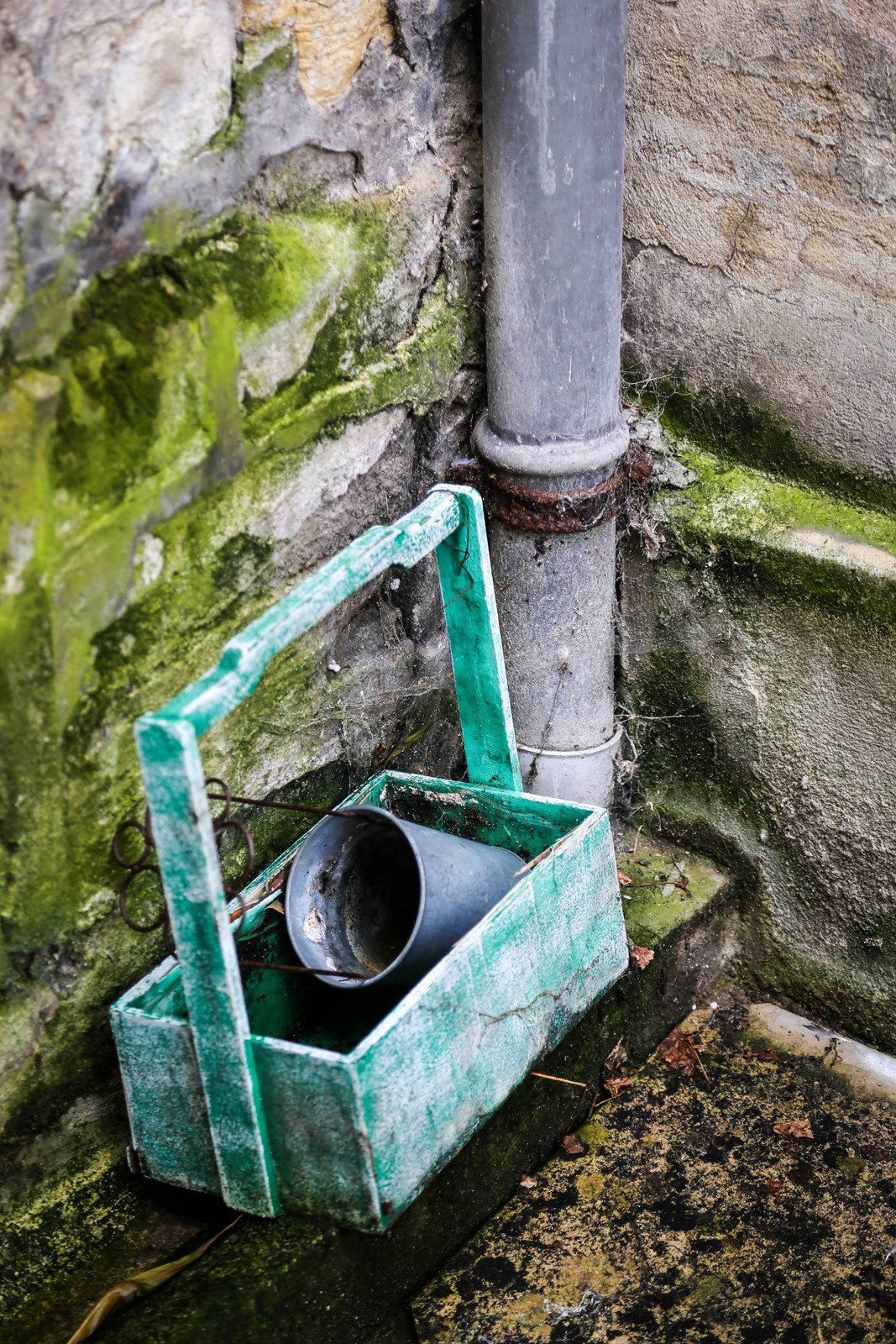What is The Difference Between French & Curtain Drains?
Curtain and French drains are both drainage systems that direct water away from your home. But what's the difference between the two? And why would you choose one over the other? In this article, we'll explore the various aspects of curtain and French drains, so you can decide which is best for your home. We'll explain their installation, maintenance, benefits, and more. Read on to learn more about what makes each drainage system unique!
What is French Drain And Its Uses?
A French drain is a trench filled with gravel or other perforated material. The purpose of a French drain is to redirect water away from an area to prevent flooding and/or water damage. French drains can be used around the foundation of a home, in agricultural fields, or in any other area where water needs to be redirected.
The most common type of French drain is a perforated pipe surrounded by gravel. The pipe allows water to enter and exit the drain, while the gravel keeps soil and debris from clogging the pipe. French drains typically have a slope of 1% or less so that water flows slowly and does not erode the trench.
What Is Curtain Drain And Its Uses?
A curtain drain is a shallow ditch or trench filled with gravel and lined with waterproof fabric installed along the foundation's edge to divert water away. The purpose of the curtain drain is to reduce hydrostatic pressure underneath a structure by helping the water flow away from it more efficiently. Curtain drains are commonly used on homes with slopes next to them and areas with poor drainage due to clay soil.
This drainage system can also be used for roads, parking lots, and other paved surfaces. Additionally, because they don't require much maintenance once installed, these systems are cost-effective solutions for homeowners who want to protect their property from potential damage caused by flooding or erosion.
French Vs. Curtain Drains: Which Is Best?
French drains consist of trenches filled with gravel or rubble to create an underground pipe system for water removal. They provide an efficient way to move water away from the foundation of a building or other structure, preventing basement flooding and helping keep lawns healthy by controlling erosion. French drains can also manage larger amounts of runoff than single-pipe systems like curtain drains.
On the other hand, curtain drains involve running a single long perforated pipe along one side of your property at ground level connected to a sump pump or dry well to quickly remove excess moisture from the soil and protect against flooding due to rainwater runoff. Curtain drain installation is simpler than French drain installation because it requires less excavation work; however, this type of system may not handle large volumes of runoff as effectively as its counterpart.
In conclusion, French and curtain drain systems have advantages when draining wet areas around homes and businesses; you should consider which option will fulfill your particular drainage needs before deciding which type is best for you.
Conclusion
French and curtain drains are great options for managing water runoff in your yard. French Drains are better suited to areas with a large amount of rainfall, while Curtain Drains can be used where there is less precipitation or when an area needs additional drainage. Both systems have advantages and disadvantages, so it's important to research each option carefully before deciding which one is best for you. Ultimately, the right choice will depend on your circumstances, and what combination of features would be most beneficial for you.



